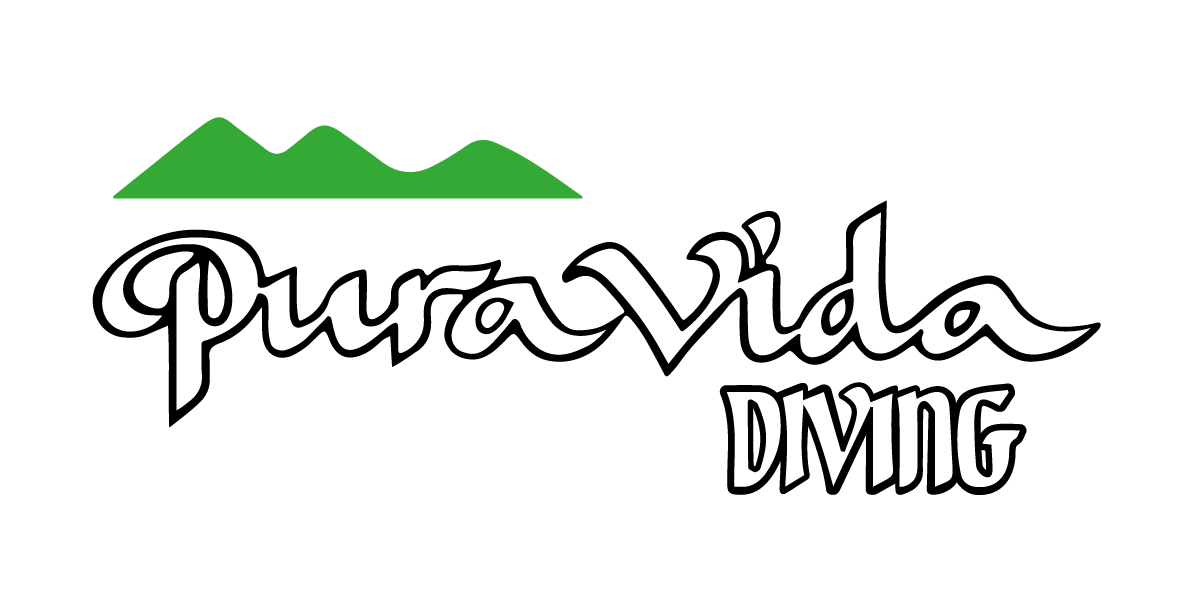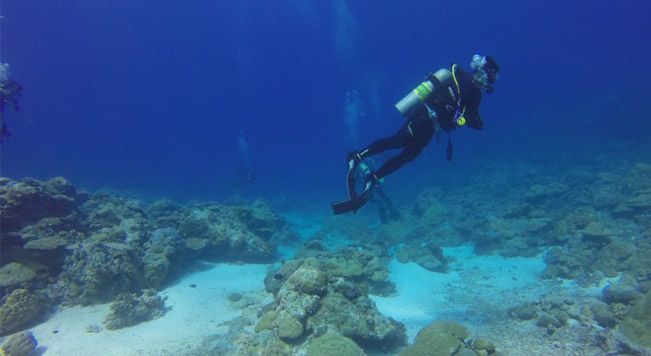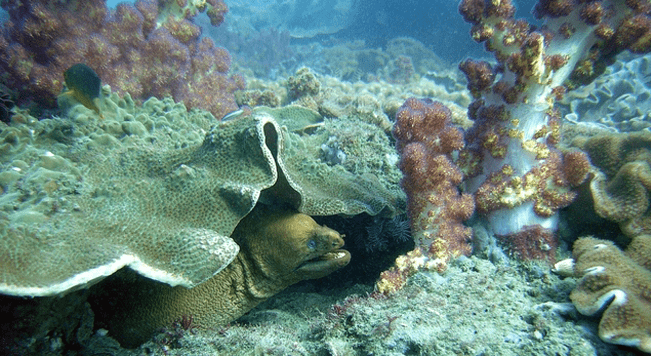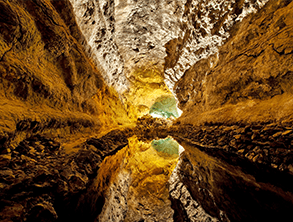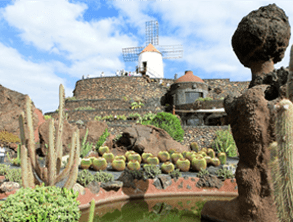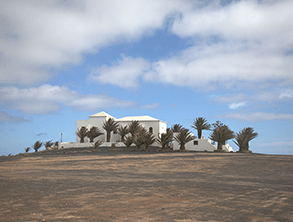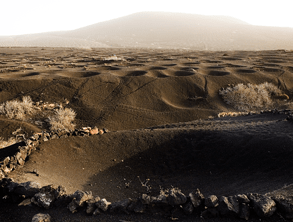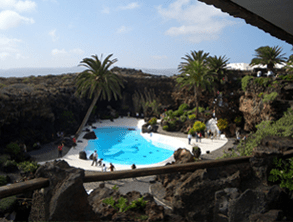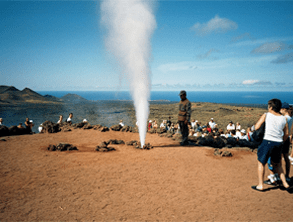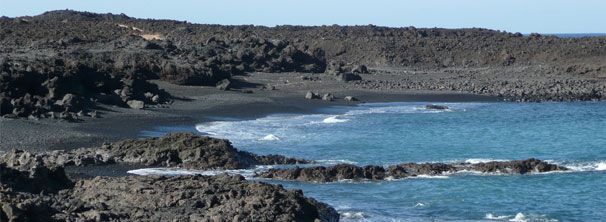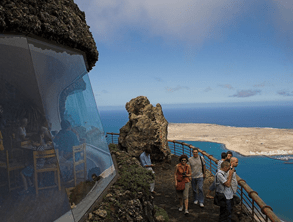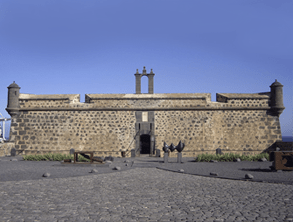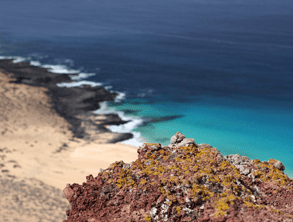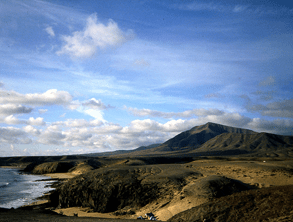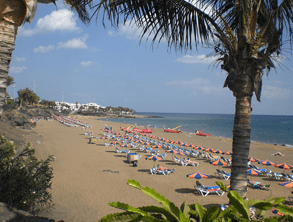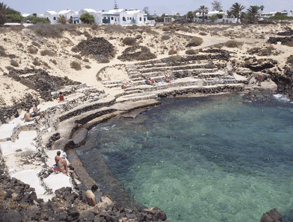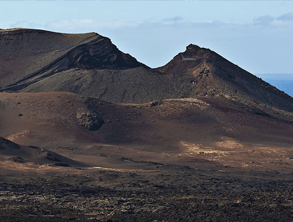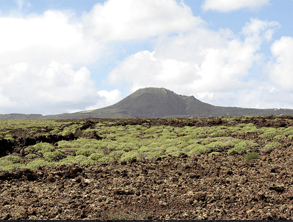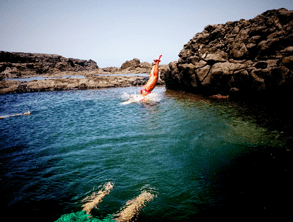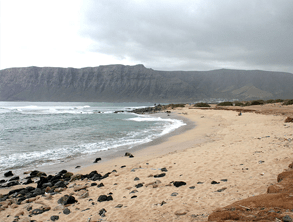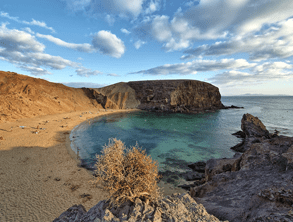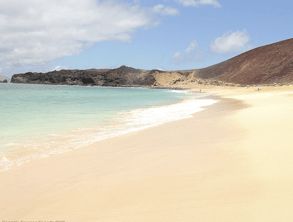LANZAROTE IS NATURE AND HARMONY.
Lanzarote is pure geology, underwater and lunar landscapes, transparent waters,
thirsty lands, oasis of palm trees, is harmonious coexistence of man and nature.
Undoubtedly a land of contrasts.
It is the most eastern of the Canary Islands, it is identified by the large number of
volcanoes that cover it due to the great volcanic activity of the early eighteenth
century.
LANZAROTE IS A WONDERFUL ISLAND
Lanzarote has the Timanfaya National Park and is under the protection of a Biosphere
Reserve by UNESCO. It is also an island full of culture.
You will find about six tourist centers dedicated to visitors of all kind and more than 15 museums and art galleries
supports the quality of its land and coasts.
An eternal spring, the average annual temperature is 21º C, adorned each day by the
blue sky of Lanzarote and at night, the sky is dyed in the clear light of the moonshine.
